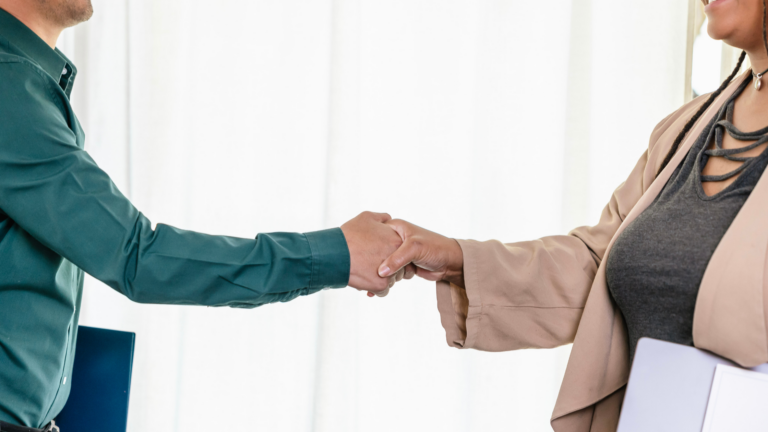Because October is Breast Cancer Awareness Month (BCAM) also known as National Breast Cancer Awareness Month (NBCAM) groups across the nation are doing their best to raise awareness and funds for further research. One topic that doesn’t seem to receive as much awareness as it should is the link between breast cancer and lymphedema.
Breast Cancer And Lymphedema
Lymphedema can occur as a result of breast cancer treatment, mainly after surgeries where the lymph nodes are damaged and removed. About 15 to 25 percent of breast cancer survivors develop this condition. Lymphedema can also occur as a result of radiation therapy to your armpit, infection after surgery, injury to the surgical area, tumor growth, or being overweight or gaining weight after treatment.
But What Is Lymphedema?
Your lymphatic system runs throughout your entire body, through a network of lymph nodes and vessels. It cycles lymph, a protein-rich fluid throughout your body to catch bacteria, viruses, wastes, and more and carries them to your lymph nodes to be filtered out.
 If something happens to the lymph nodes or vessels, such as damaged caused by surgery, the lymph may become blocks. As a result, it could pull and collect, causing part of your body to swell. While swelling is most common in the legs and arms, it can occur anywhere in the body.
If something happens to the lymph nodes or vessels, such as damaged caused by surgery, the lymph may become blocks. As a result, it could pull and collect, causing part of your body to swell. While swelling is most common in the legs and arms, it can occur anywhere in the body.
The type of lymphedema caused by damage to the lymph nodes is known as secondary lymphedema.
Primary lymphedema occurs much less often. It’s a genetic condition that occurs when your lymph nodes or vessels do not properly develop or are missing.
While lymphedema can develop quickly after cancer treatment, generally it slowly worsens over time. Sometimes symptoms appear 16 to 24 months after treatment, but lymphedema can occur after as much as five years later.
Lymphedema Symptoms
There are a few lymphedema symptoms that shouldn’t be ignored after breast cancer treatment. The most common one is swelling of the arm on the side where lymph nodes were removed or damaged. The amount of swelling from person to person varies from mild swelling that causes the arm to be slightly larger than normal to a disfiguring amount.
Other symptoms include:
- Swelling in the hands or edema with tighter than normal jewelry
- Aching pain in the arm
- Thickening skin that may dimple when touched
- Weakness in the arm or trouble bending your joints
- Your clothes don’t fit as normal
- Feeling full, heavy, or tight in the chest, armpit, or arm
- If you notice any of these symptoms see your doctor right away to prevent the condition from getting any worse.
Lymphedema Prevention
While there is no way to tell who will develop lymphedema, there are a few ways to potentially lower your risk.
- Adopt a healthier lifestyle by moderately exercising and incorporating a healthy diet to maintain your body weight or lose weight. Be sure to stretch daily.
- If you get a scratch or burn on the affected area keep it clean with soap and water, then bandage it up.
- Avoid having shots or blood drawn from your at-risk arm.
- Wear comfortable, loose-fitting clothes. Avoid tight-fitting jewelry.
- Protect your arm from bug bites, stings, and cuts. Also, be very careful saving the armpit of the affected arm.
- Prevent getting sunburned. Use sunscreen with an SPF of 30 or higher and frequently reapply it.
Lymphedema Treatment
Early stage lymphedema can be potentially reversed if your skin and tissues haven’t been permanently damaged yet. In some cases, lymphedema surgery is used to remove damage from the lymph nodes. However, generally lymphedema can’t be cured and treatment consists of managing the swelling and preventing it from becoming worse by:

- Using a Lymphedema pump to move excess fluid from the affected limb back into the cardiovascular system is a very popular option as the pump can be used at home.
- Some patients use compression stockings, bandages, and other compression garments to prevent fluid from collecting.
- Exercise is an effective part of treatment as it helps stimulate your lymph vessels. Only begin exercising after you’re cleared to after surgery or treatment. Start off slowly and increase the amount you exercise over time as you get used to it.
- Manual lymphatic drainage is a gentle lymphedema massage to drain fluid. You can learn at home massage techniques or have them performed by a physician. Avoid vigorous massages because they can cause more fluid to collect.
Receive Your Lymphedema Pump Through Insurance
You may qualify to receive your lymphedema pump through insurance and best of all, the process is incredibly easy.
- Fill out our quick qualification form.
- Our representatives will contact you with your options.
- We will submit all of the necessary paperwork to your insurance provider and doctor to make sure your lymphedema pump is shipped directly to your front door.




